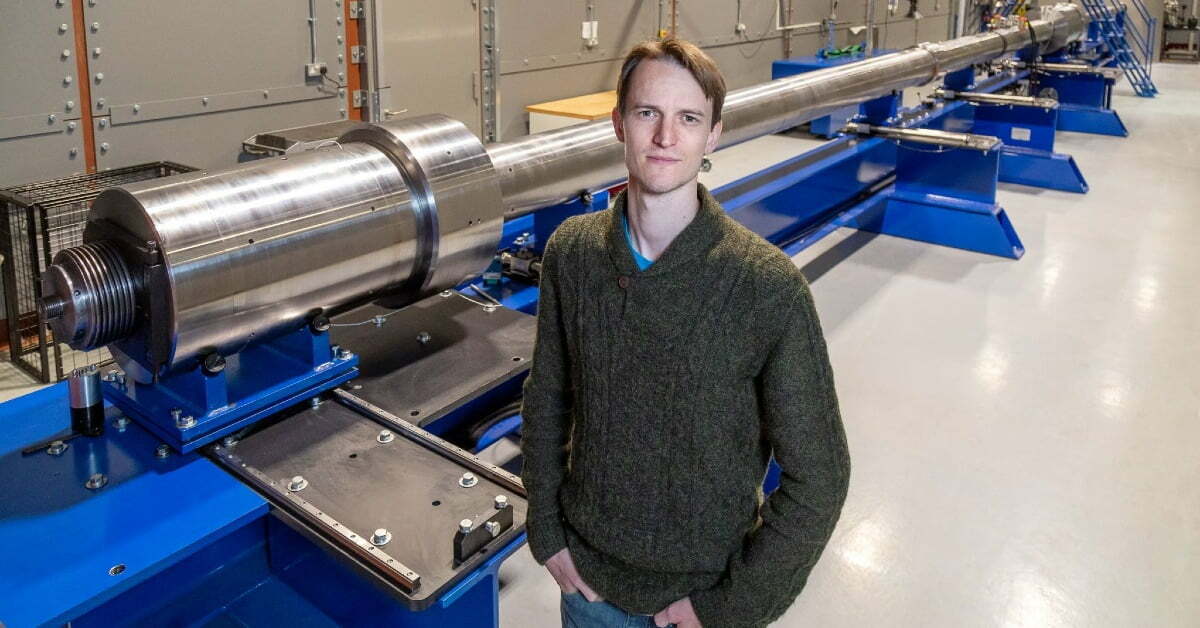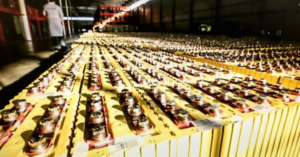First Light Fusion’s CEO and Founder, Nicholas Hawker | Image credit: LinkedIn
Oxfordshire, UK-based First Light Fusion, an energy company that focuses on researching energy generation by inertial confinement fusion, announced on Monday that it has raised $45M (approx €39.74M) in its Series C round of funding.
The round saw participation from Oxford Science Enterprises, Hostplus and IP Group, as well as new investors Braavos Capital and Tencent.
Get to know the amazing finalists here
Capital utilisation
First Light Fusion claims that the funds will help accelerate the development of its “gain” experiment, where the amount of energy generated outstrips the amount used to spark the reaction, and to perform further design and engineering work on a commercial fusion energy power plant based on their technology.
Dr Nick Hawker, CEO of First Light Fusion, says, “We are excited about the outlook for this year and have a series of ambitious targets. These include delivering a maiden fusion result, accelerating towards our next ‘gain’ experiment, while also increasing our work on the development of a full-scale fusion power plant, with more detailed design and engineering work planned. We continue to believe our inertial confinement approach offers the fastest and above all, most cost-competitive route to grid-ready fusion energy.”
About First Light Fusion
Founded by Nicholas Hawker and Yiannis Ventikos, First Light Fusion was spun out from the University of Oxford in July 2011. Until May 2014, the company was named Oxyntix Ltd.
First Light Fusion researches energy generation by inertial confinement fusion. It aims to create the extreme temperatures and pressures required for fusion by compressing a target using a hypervelocity projectile.
The company claims that its approach to fusion is safe, clean, and virtually limitless, and has the potential to transform the world’s energy system. The company says that, unlike existing nuclear energy sources, there is no long-lived waste, no meltdown risk, and raw materials can be found in abundance. The company continues to work closely with the academic community, both in the UK and internationally.
First Light’s work, to date, has included theoretical analysis, detailed numerical simulation, and experimental validation. The company has also considered the costs and engineering practicalities of a reactor implementing its technology and has been able to articulate a number of advantages over other approaches. The company says, “We are pursuing pulsed power driver technology, which we believe will reduce costs by an order of magnitude.”
Recent developments
In 2021, First Light Fusion procured, installed and commissioned its latest piece of equipment, a two-stage hyper-velocity gas gun nicknamed the “Big Friendly Gun” or BFG, which at 22 metres long and weighing 25,000 kg, is the largest of its kind in the UK.
The BFG fires a 100 g projectile at a velocity of 6.5 km/s or 14,500 mph (about 20 times the speed of sound) into the “target”, the centrepiece of First Light’s technology. The BFG complements First Light’s electromagnetic launch device, Machine 3, enabling the team to explore a different parameter space by launching larger but “slower” projectiles.
In the past twelve months, the company has grown to 67 people and has expanded into larger premises to accommodate the staff and the new equipment.
How partnering up with Salesforce helped him succeed!










